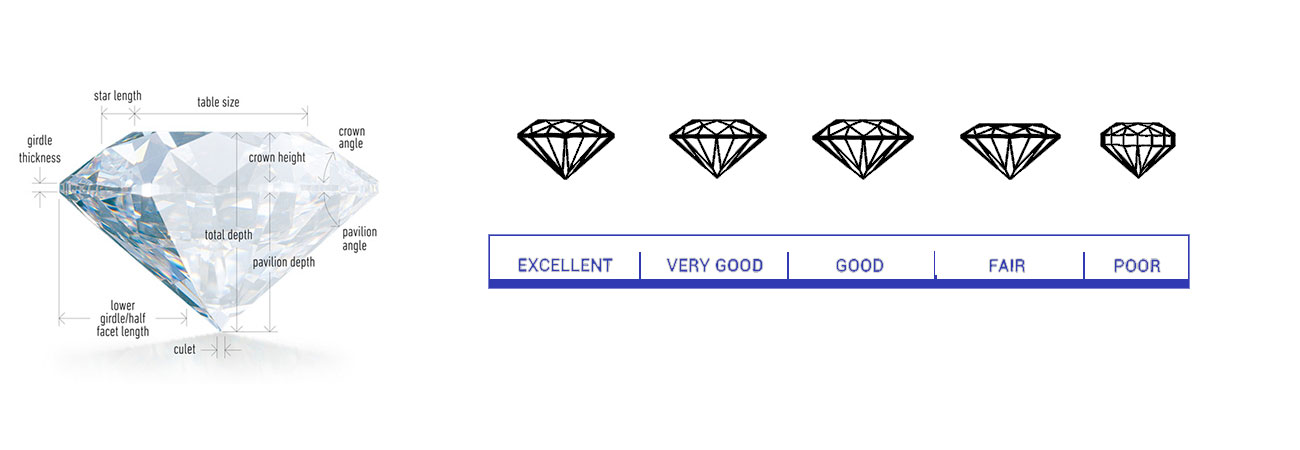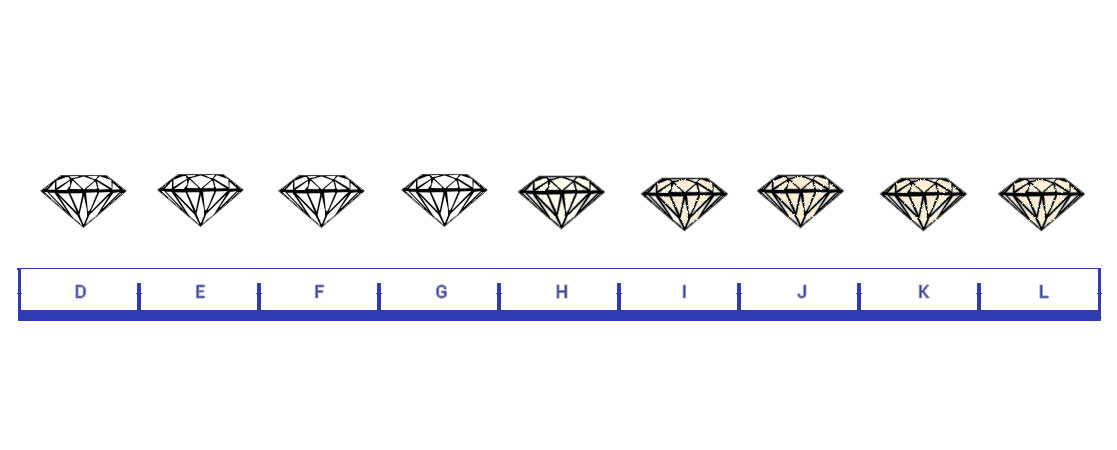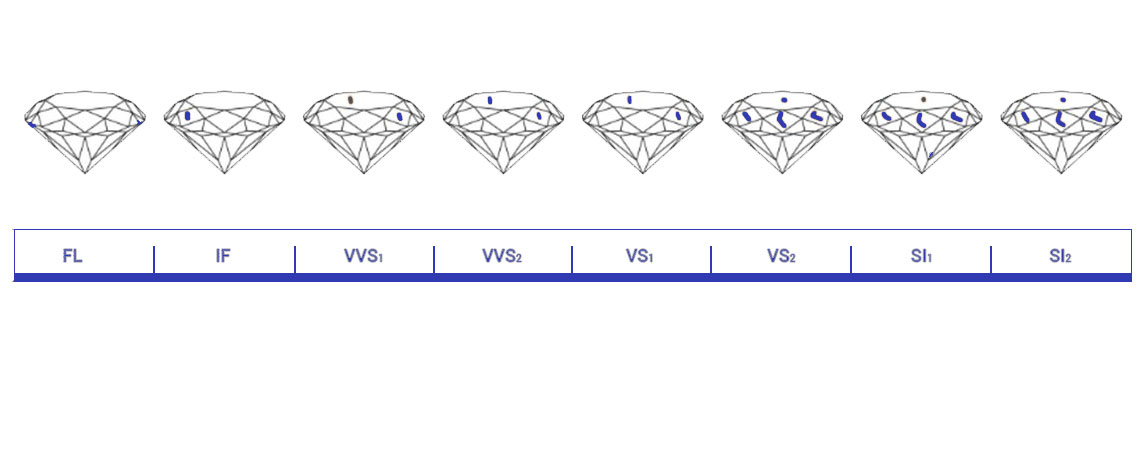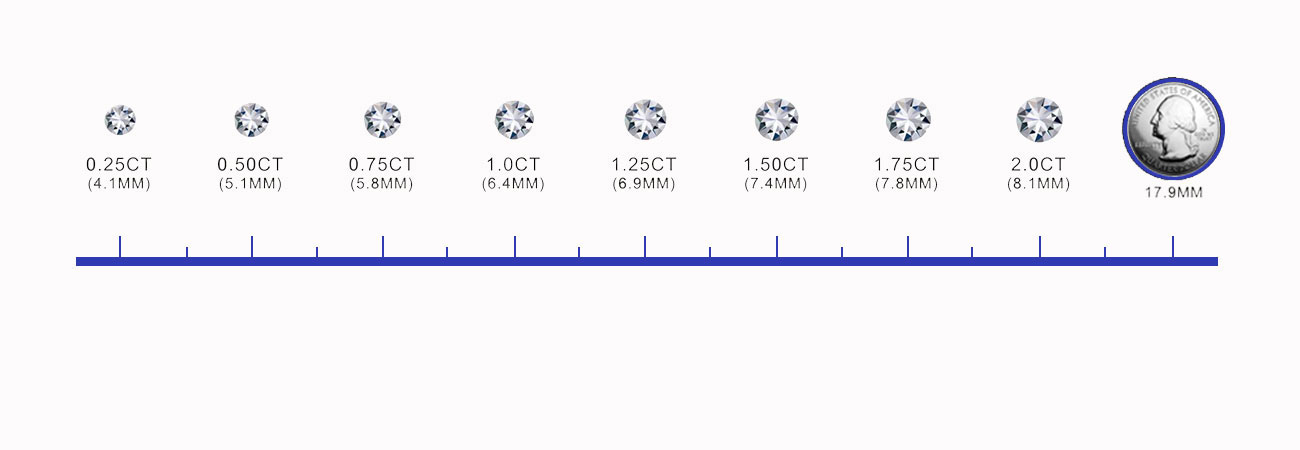Menu
≡
╳
-
High Jewelry
- Explore By Category
- Explore By Gems
-
Collections
- Explore By Category
- Collection Names
-
Loose Stones
- White Diamonds
- Fancy Colored Diamonds
- Rare Gemstones
- Bespoke Atelier
-
The House
- The House
-
Resources
- Resources





